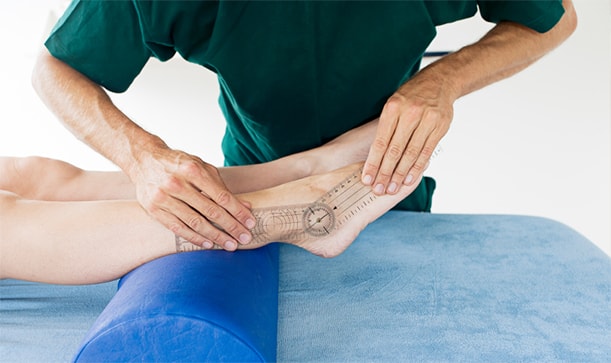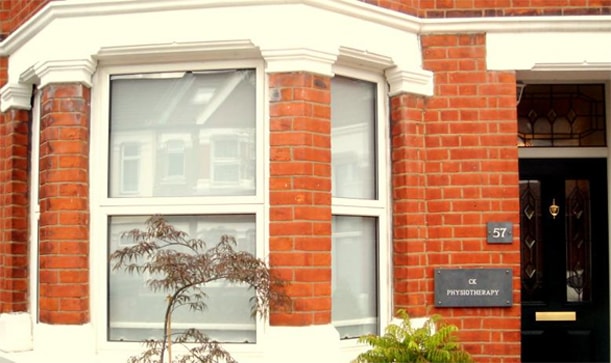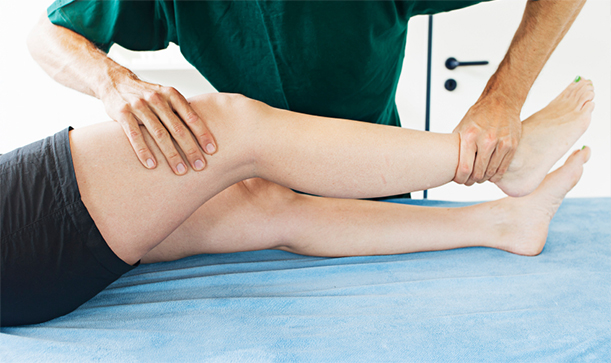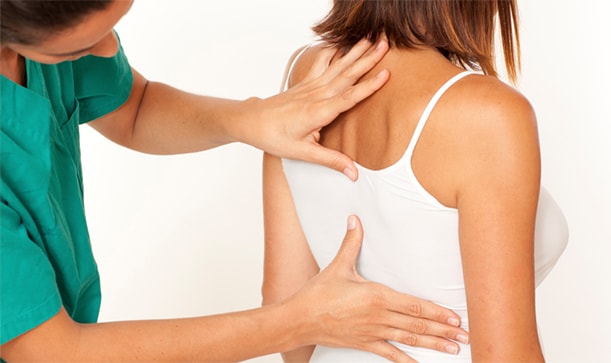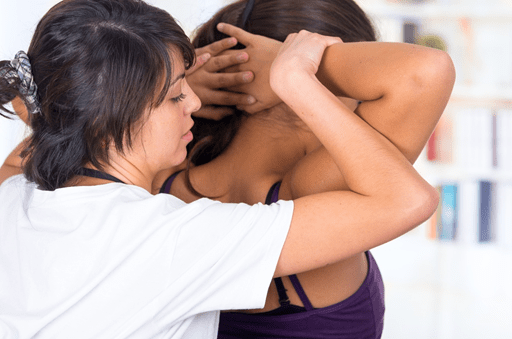CK Physiotherapy
AREAS COVERED
W7, W5, W13, Ealing, West London
57 Elthorne Avenue
Hanwell, W7 2JY
T: 020 8566 4113
M: 079 572 46185
E: info@ckphysio.co.uk
Location / Parking
We are situated in Hanwell, between Boston Manor Road and Northfields Avenue, south of the Uxbridge Road.57 Elthorne Avenue
Hanwell, W7 2JY
There are parking restrictions Mon - Fri 9-10am and 2-3pm. If you need a permit during this time please inform your therapist when you arrive. There are no parking restrictions at other times.
Opening Times
Please phone the number above during working hours to make an appointment. Our reception service will be happy to book your session.
London Underground / Bus Services
London Underground
10 min. walk from Boston Manor Tube Station.
15 min. walk from Northfields Tube Station.
Bus Service
E8, E3, E2, 207, 607, 83
Request Call Back
Our Blog
The Physiotherapist for Assessment and Treatment of Mobility
By: BryanKelly (Psst, View author in Google Plus) Date: Apr 30th, 2020Whether you are a weekend sports enthusiast or an elite level athlete, participation in sports can give rise to a number of injuries such as those involving your upper limbs. These injuries can result in painful restrictions in movement and prevent sports practitioners such as yourself from continuing to engage in your desired activities and training.
If you are dealing with a sports-related injury it is essential to receive a diagnosis and treatment as soon as possible to get you back on track towards enjoying an active and healthy lifestyle.
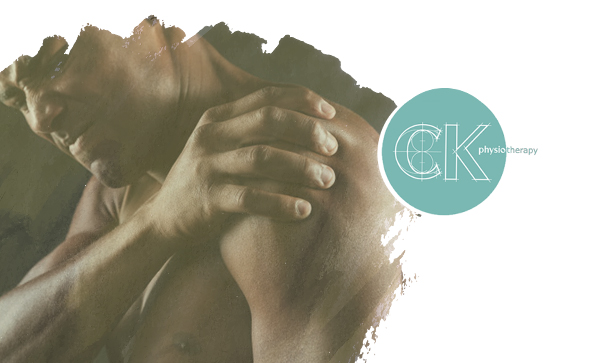
What Are Upper Limb Injuries?
Upper limb injuries refer to injuries that involve an individual's hand, wrist, forearm, elbow, or upper arm regions including the shoulder joint and other muscles and connective tissues within the arms. It is a common occurrence for sports practitioners to suffer from upper limb injuries at some point in their training. In fact, upper limb injuries are the second most common type of sports-related injury following knee-related injuries.
Injuries to the upper extremities can occur as a result of a sudden movement or direct impact while engaging in an athletic activity which would be identified as an acute injury. An upper limb injury can also occur as a result of overtraining and overuse during an extended period of training or practice which would be referred to as a chronic condition.
Types of Upper Limb Injuries
There are a number of upper limb injuries that can occur when practising sports. While some injuries are sudden such as a fracture, dislocation or muscle strain other injuries may occur over time and develop as a chronic condition such as arthritis or tendinitis.
Injuries to the upper extremities can involve damage to the tissue and structures of the upper limb including its joints, bones, tendons, ligaments, or muscles that make up the hand, wrist, forearm, elbow, shoulder, and upper arm.
Some examples of the most common injuries that occur to the upper extremities to those practising sports include:
- Bursitis
- Tendinitis
- Dislocations
- Tennis Elbow
- Golfer's Elbow
- Rotator Cuff Injury
- Fractures
- Joint Instability
- Ligament or Nerve Damage
- Muscle Strains or Sprains
- Osteoarthritis
Signs or Symptoms of an Upper Limb Injury
Injuries to the upper arms resulting from a traumatic event such as direct impact or falling accident are more easily identifiable but other sports-related injuries that develop over time may cause more subtle and gradual signs and symptoms.
These are some signs and symptoms associated with upper limb injuries:
- Numbness
- Stiffness and restricted range of motion
- A popping sound or sensation
Inflammation & Bruising
There is visible inflammation and bruising to your joint or upper extremity.
Pain or Tenderness
You may experience sharp constant pain or radiating pain that comes and goes depending on your activity level.
Numbness
You may lose sensation in areas of your upper arm.
Stiffness & Restricted Range of Motion
You may feel stiffness in your joints and are unable to move your arm freely without pain or discomfort.
A Popping Sound or Sensation
If the injury is a result of a specific instance you may recall hearing a popping sound or feeling a popping sensation within your arm.
Muscle weakness
You feel a loss of strength in your upper extremity and are unable to perform tasks that you were able to complete in the past.
What Sports Cause Upper Limb Injuries?
Any sports-related activity can result in an injury to the upper limbs but some sports are more prone to causing upper limb related injuries. Injuries to the upper limbs can occur as the result of a fall or collision while participating in athletic endeavours; while other injuries may occur due to an individual's mechanics and posture, overtraining, or overuse by the athlete themselves.
Most common sports that cause upper limb injuries include:
- Tennis
- Golf
- Cricket
- Volleyball
- Handball
- Swimming
- Polo
How Can Physiotherapy Help Those Dealing with Upper Limb Injuries?
If you have suffered an injury to your upper extremities it is imperative that you seek the proper care by a qualified and knowledgeable physiotherapist as soon as possible.
A physiotherapist can diagnose your injury as well as provide a treatment plan to help you rebuild the strength and movement in your upper limb gradually and carefully.
- Guidance to prevent future injury.
Avoid Further Damage
Ignoring the signs and symptoms of an injury to the upper limbs can lead to more severe damage in the future. Early intervention of chronic injuries is essential to prevent severe damage and longer disruptions in your normal activities and training. Continuing to train without consulting with a physiotherapist can put you at risk for permanent damage to your connective tissues, joints, or muscles.
Guidance to Prevent Future Injury
In addition to diagnosing your condition, a physiotherapist can help identify any mechanical problems that may be contributing to your injury or condition. They will be able to develop not only a treatment plan to help you recover from your injury but also make recommendations regarding things such as posture and techniques to help prevent future injuries.
Promote Healing
A proper physiotherapy treatment plan is essential to your recovery from your upper limb injury. Your physiotherapist will be able to provide targeted strategies to build strength and promote recovery from your injury including the incorporation of techniques such as:
- Immobilisation
- Manipulation of joints or tissue
- Strengthening and Conditioning exercises
Physiotherapy Treatment for Upper Limb Injuries
If you have experienced an injury to your upper limbs it is important that you consult with a knowledgeable and professional physiotherapist that can guide you towards a path to proper healing and recovery. Take control of your injury and start the healing process as soon as possible to prevent further damage and disruption in your day-to-day activities.
At CK Physiotherapy, we understand the specialised needs of our athletic patients and their desire to get back to the playing field as quickly as possible. Our physiotherapists can help you with the diagnosis and treatment of your sports-related injury and get you back to your training regimen as quickly and as safely as possible.
NOTE: In times of the COVID19 pandemic, CK Physiotherapy will be open for limited face to face appointments following strict social distancing and PPE guidelines following guidance from Public Health England (PHE) and the Chartered Society of Physiotherapy (CSP). We will continue to offer virtual physiotherapy sessions for those who are unable to come to the clinic or do not yet feel comfortable to do so. Contact us to schedule a consultation with our clinic.

